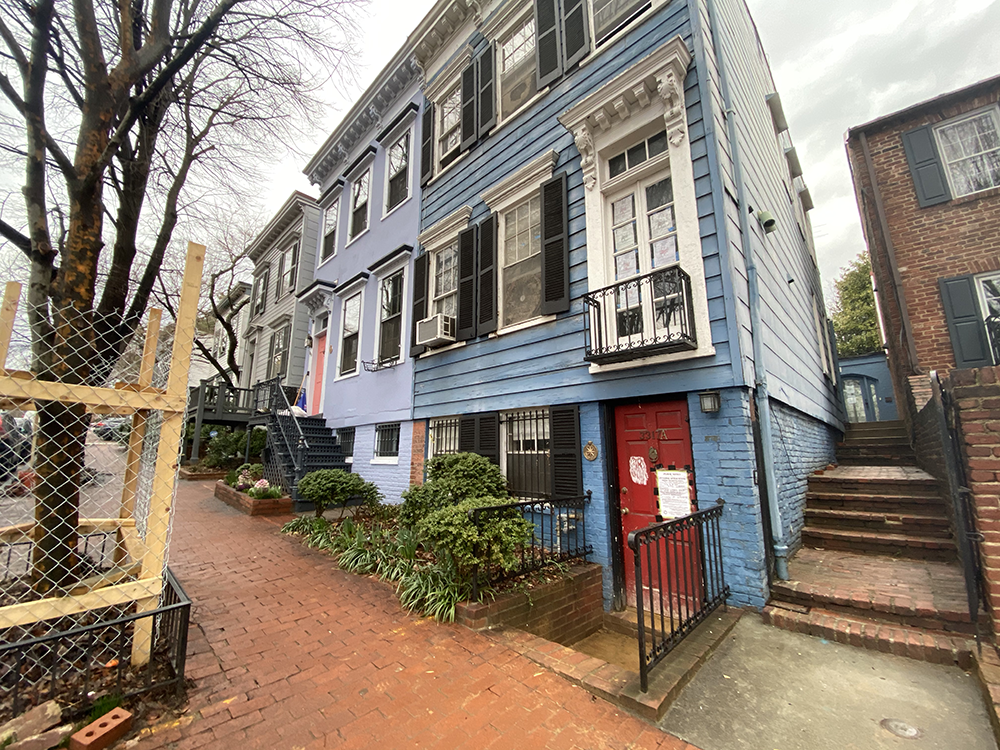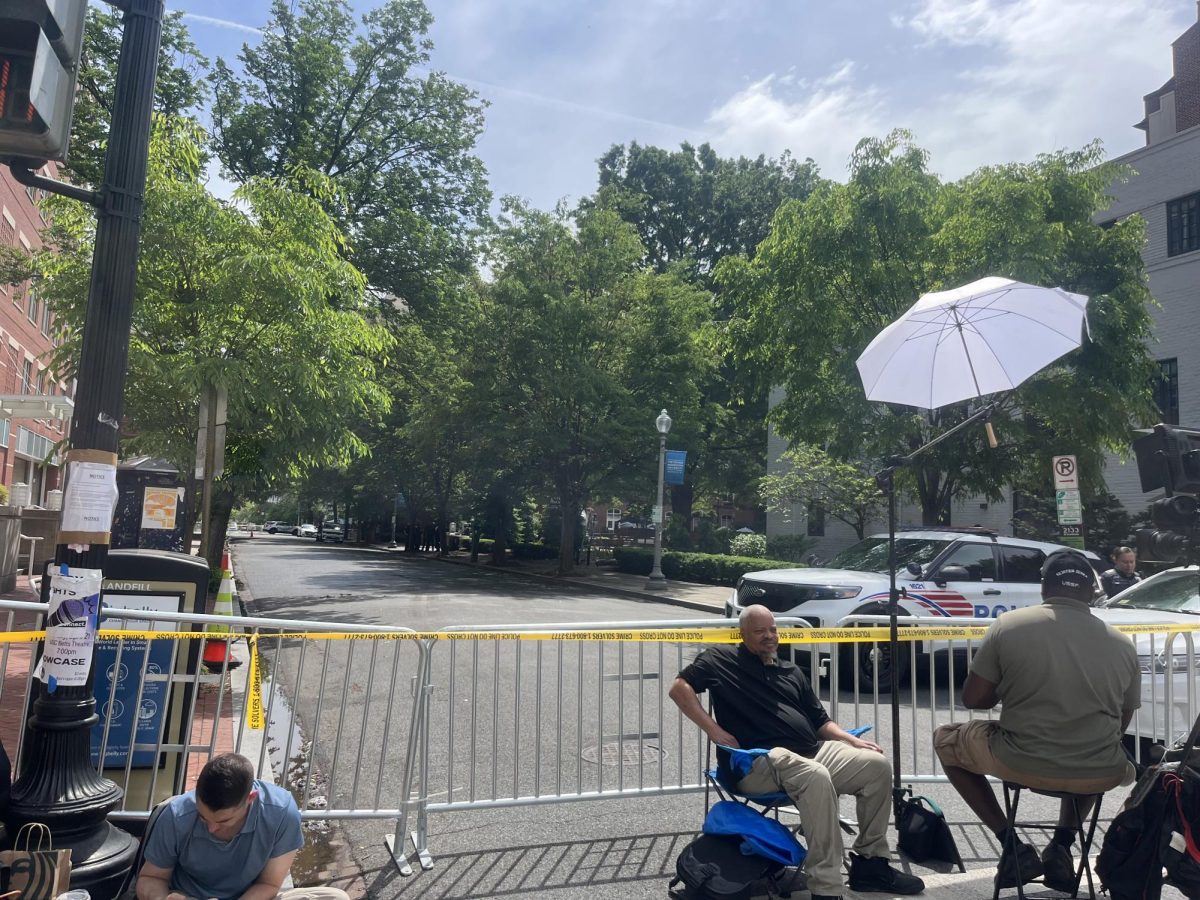The skeletal remains of four humans were found in the foundation of a Q Street home on Feb. 4, launching a police response and an archaeological investigation.
The discovery was made during a minor basement renovation at 3317 Q St NW. The home lies in an area formerly occupied by cemeteries, leading to previous discoveries of human remains over the past several decades, according to NBC4 Washington.
The block of Q Street where the discovery was made is across the street from Volta Park, a recreation center which occupies the land of the Old Presbyterian Burial Ground, a cemetery for prominent D.C. figures until its demolition in 1909.
The area where the remains were found used to serve as a black cemetery during the 19th century, raising suspicion that some of the remains may belong to Yarrow Mamout, a formerly enslaved man who lived on Dent Place, adjacent to Q Street, who became a renowned businessman in the Georgetown area who died in 1823, according to Jerry McCoy, a special collections librarian at the D.C. Public Library. The location of his remains is currently unknown.

“He was an educated individual. He read and spoke Arabic. He had been kidnapped in West Africa and brought to Maryland,” McCoy said to NBC4 Washington. ‘[It] would be an incredible discovery if that was able to be determined through DNA.”
The project developer notified Advisory Neighborhood 2E02 Commissioner Joe Gibbons of the skeletal remains shortly after the discovery. Gibbons then instructed those in the house to call the Metropolitan Police Department to determine if the bones were a part of a crime, he said.
“He said ‘Joe, I found some skeletal remains, or what appears to be skeletal remains, what should I do?’ because it’s not a common occurrence for a developer,” Gibbons said in an interview with The Hoya. “I said, ‘Well, I know what you should do, you need to stop, get the workers around, and call MPD,’ because MPD has to ascertain whether it’s a grave or whether it’s a recent crime scene.”
After some initial police work, district officials called in the city archeologist for the District of Columbia Ruth Trocolli. The skeletons appeared to be from the 1830s, Trocolli told the Georgetowner. However, the investigation has not concluded.
The forensic process includes documentation and comparison with other remains from the premises, according to Andrew Trueblood, director of the D.C. Office of Planning.
“The District of Columbia’s Archaeologist is documenting and removing human remains discovered in an unrecorded 19th century burial ground spanning properties on the 3300 block of Q St., NW,” Trueblood wrote in an email to The Hoya. “The remains will be loaned to the Smithsonian’s National Museum of Natural History Anthropology Department and analyzed against other remains found at this burial ground.”
Since human remains had been discovered on the 3300 block before, during the renovation project to add new stairs on the ground level, the homeowners took special precautions, according to Gibbons.
“They did a dig about three or four years ago, but unfortunately one of the previous owners put a swimming pool back there without permission and pushed all the archeological remains all over the place,” Gibbons said. “That’s why there was some sensitivity to it, not that there would be anything there, but you never know.”
In a similar occurrence, human thigh bone remains were unearthed at Georgetown University in 2014 during the construction of Pedro Arrupe, S.J. Residence Hall.
Although the university was aware of the potential discovery before breaking ground on the dormitory, Georgetown did not publicly disclose the bone. The land had been a mid 19th century segregated burial site, intended exclusively for black people, including slaves.
Discoveries of this nature should not be taken as a surprise considering the Georgetown neighborhood’s long history, according to Gibbons.
“There is history all around us and beneath our feet here in Georgetown, so I wouldn’t really wanna dig too far on your campus either,” Gibbons said.




















